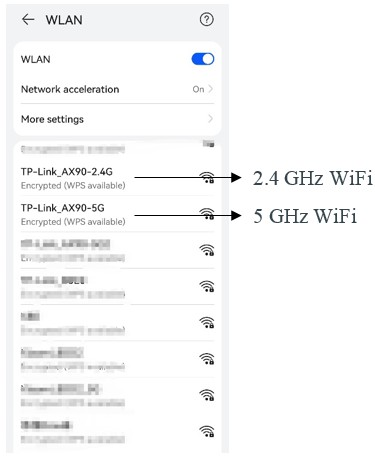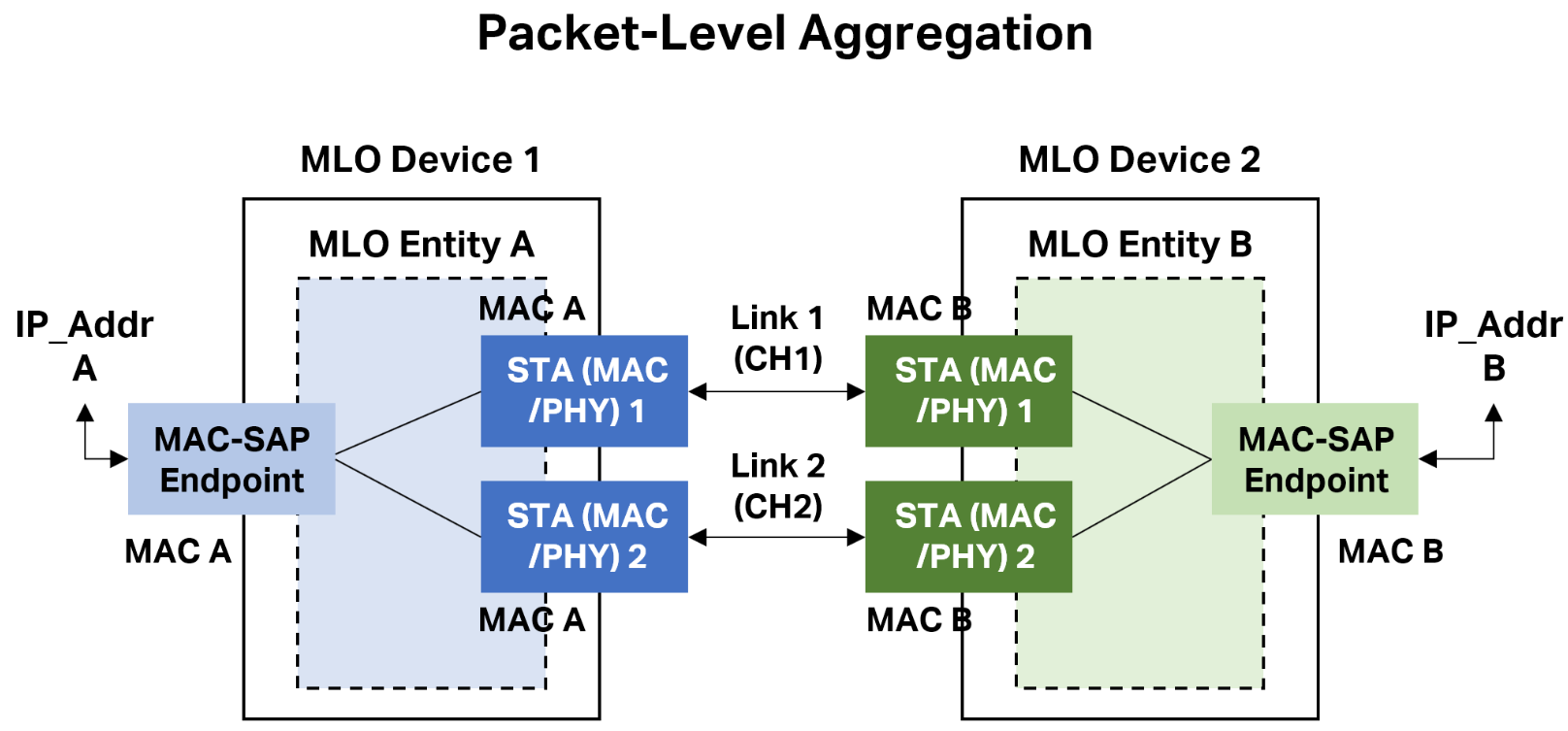
By admin Date of issue: May 22,2023
Unless you’re purposefully avoiding living life with the convenience of online connections, chances are you understand how vital fast WiFi is today. In fact, upgrading your WiFi to handle even higher speeds can upgrade your life in terms of work and play.
WiFi 7 — the 7th generation of WiFi — is already on its way. Building off of WiFi 6, WiFi 7 introduces 320 MHz ultra-wide bandwidth, 4096-QAM, Multi-RU, and Multi-Link Operation (MLO) to deliver higher WiFi speeds, more stable WiFi, and lower latency, ensuring no bandwidth is wasted.
Out of all of these, MLO shows great promise in completely revolutionizing connection speeds.
So here’s your in-depth overview of Multi-Link Operation
What Is A Loan Originator?
In previous WiFi generations, including WiFi 6 and WiFi 5, a device can only connect to one WiFi band — either the 2.4 GHz band or 5 GHz band. The latest WiFi 6E products now also connect to 6 GHz.
However, only one WiFi band is available for a client. Let’s take a typical WiFi 6 AX3000 router, with maximum WiFi speeds of 2402 Mbps on the 5 GHz band and 574 Mbps on the 2.4 GHz band, as an example. If you connect your phone to the WiFi, you’ll find that only the 2402 Mbps on 5 GHz or 574 Mbps on 2.4 GHz are accessible for every connection. This means that one band goes unused, or you might limit your speeds by choosing the slower band.

Multi-Link Operation (MLO) solves this dilemma. It enables devices to simultaneously send and receive data across different frequency bands and channels.
With MLO, WiFi 7 supports establishing multiple links between the Station (STA, such as your phone) and WiFi access point (AP, such as your router). Connecting to the 2.4 GHz, 5 GHz, and 6 GHz bands simultaneously increases throughput, reduces latency, and improves reliability. It is ideal for emerging applications like VR/AR, online gaming, remote office, and cloud computing.
MLOs will guide you through the steps of getting a mortgage, answering questions, collecting documents and verifying information. If you’re purchasing a home, they’ll also provide an estimate of your loan amount and interest rate based on a review of your income, credit report and assets. This initial approval of your mortgage can help you figure out your home buying budget and show real estate agents and sellers that you’re willing and able to purchase the home.
The MLO will continue to work with you through the application process, into underwriting and help ensure you’re ready for closing. Remember, an MLO can be a person or lending institution. While the loan officer is the person who works with you, the lender is the institution that initially funds the loan. A mortgage lender can be a bank or non-bank organization, like Rocket Mortgage®.
For instance, let’s say you submit your loan application to Rocket Mortgage (an MLO). You’ll work directly with a Home Loan Expert, who will act as your loan officer and help you figure out which type of home loan, mortgage rate and term will best fit your situation. They’ll also keep you updated on the approval process and answer your questions along the way.
How much are mortgage origination fees?
Services provided in a real estate transaction aren’t typically free of charge. You may notice in your closing costs a line item called a “loan origination fee.” These are mortgage origination fees charged by the MLO for processing and underwriting the loan. They typically cost 0.5% – 1% of the total loan amount.
For example, a borrower with a loan amount of $100,000 can expect to pay around $500 to $1,000 in mortgage origination fees.
The STA and AP both need to support WiFi 7 and MLO. Notice that the 6 GHz band is not required for MLO. Some WiFi 7 routers may only support one 2.4 GHz band and one or two 5 GHz bands. MLO enables your devices to connect to all the WiFi bands at the same time.
MLO is an improvement on the MAC layer. It uses MLD (Multi-Link Devices) multi-link aggregation to achieve higher throughput, lower latency, and higher reliability. MLO uses MLD multi-link seamless dynamic switching to achieve load balancing and low latency.
WiFi 7 MLO mainly includes two modes: STR Mode and NSTR Mode.
(1) STR Mode (Simultaneous Transmit and Receive Operation)
STR Mode refers to simultaneous transceiver mode or asynchronous mode. That is, two or more links work completely independently, and they don’t interfere with each other.
(2) NSTR Mode (Nonsimultaneous Transmit and Receive Operation)
NSTR Mode refers to non-simultaneous transceiver mode or synchronous mode. That is, simultaneous receiving and sending operations are not allowed. At a single time, all links can only receive or all links can send data.

(3) Others
The main technical features of MLO can be divided into two aspects — packet-level features and flow-level features. The packet-level aggregation improves latency and peak performance while flow-level routing optimization improves latency and overall throughput.

For more products please visit : https://www.wallystech.com/product.html
Follow us in the Youtube :![]() https://www.youtube.com/channel/UClmu7LBz_OWxe2VckkQr3tw
https://www.youtube.com/channel/UClmu7LBz_OWxe2VckkQr3tw
Our product support OpenWRT, please visit our gitbub link for the code : https://github.com/wallystech
Wallys has over 10 years of research and development experience, experienced in linux, wifi protocol and other aspects, Qualcomm chip development drivers, kernel and other important software development, modification and compilation, to meet customers' different wifi functional needs.
We have a strong hardware design team, and experienced people know that the most difficult part of hardware design is RF circuit design, baseband, etc., while wallys team made 0 error to achieve signal integrity, such as frequency conversion of network card, from 2.4G to 900M, which is a technological breakthrough.
Clients: TIP,Facebook, Openwrt, etc
ADD:116 ChengYang Road, XiangCheng District, SuZhou City,JiangSu Province, China
Skype:sunbenku1
Email:support@wallystech.com
Copyright © 2020 Wallys Communications (Suzhou ) Co., LTD Sitemap



